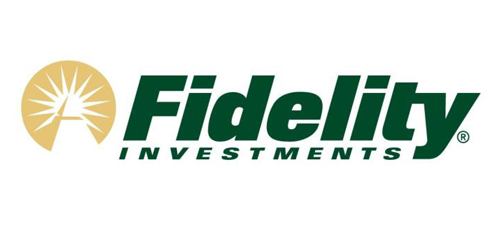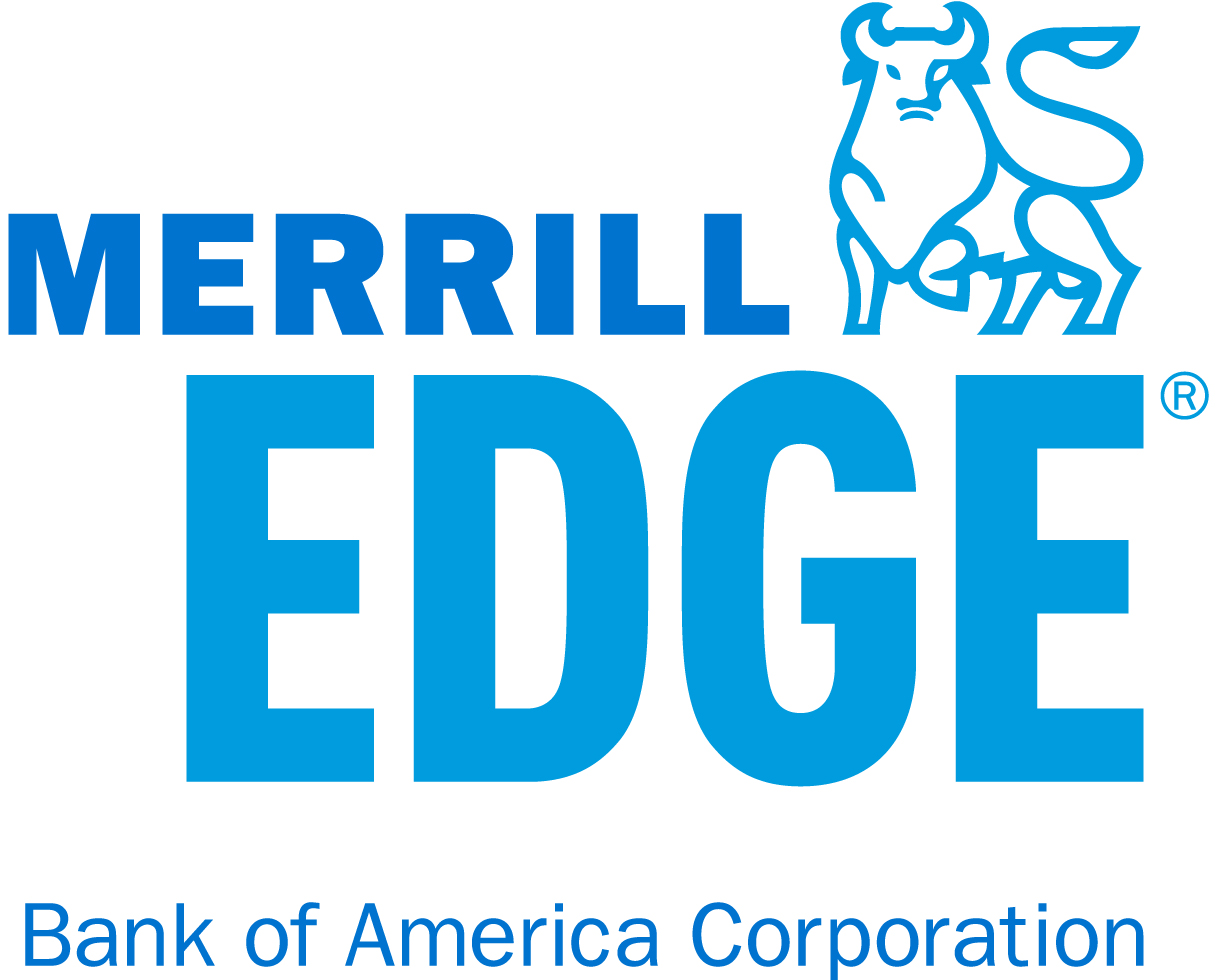Brokerages and Robo-advisors
Advertiser Disclosure
So you’re ready to start investing. Way to go! We’re here to help.
If you haven’t reviewed our Investing Cheat Sheet yet, we suggest you do. Also, if you want to dig a little deeper into investing and other areas of your financial life, we suggest you take our financial health assessment and check out our core content if you haven’t yet. It will give you a more complete picture of how this all works.
But if you’re ready to start investing (or at least want to learn more), lets get to it!
Here’s what we cover in this guide
Opening an account
Robo-advisor basics
Pros and cons of robo-advisors
Brokerage account basics
Pros and cons of brokerages
Brokerages vs robo-advisors
Opening an Investment Account
Before you can invest your money in stocks, bonds, and funds, you’ll need to open an investment account. And you’ll typically have a few choices.
A dedicated retirement account, like a 401(k) offered through your employer (403(b) if you work for a non-profit) or an Individual Retirement Account (IRA) on your own, can be a good place to start. That’s because these offer a tax benefit that will help your money grow faster, and some employers will even match a portion of your 401(k) or 403(b) contributions, which is about as close to free money as you can get.
The downside with these accounts though is that they’re specifically designed for long-term investing, ie retirement. For the most part, you won’t be able to take the money out before you turn 59.5 without incurring penalties. So if you’ll be needing the money sooner, you’re generally better off with a taxable brokerage account or a robo-advisor account, which is what we’re covering here. With these, you can take your money out whenever you need it.
Robo-Advisors
Robo-advisors offer an easy way to get started investing because they choose your investments and manage your portfolio for you for a relatively small fee.
How it works
When you sign up with a robo-advisor, they’ll ask you a few questions, like your age and financial goals. Then they’ll use computer algorithms to create a somewhat customized portfolio for you, typically made up of low-cost index funds. Their goal is to offer the best return possible for a given amount of risk, all for a relatively low fee.
Comparing offers
The popularity of robo-advisors has grown significantly over the past few years and you can choose from a number of providers. They range from independent startups like Betterment and Wealthfront, to more traditional wealth management companies that now offer robo services.
Although the offerings tend to be similar, they do vary somewhat, so pay particular attention to some key differentiators like;
• Account minimums: Robo-advisors are intentionally designed to make it easy to get started investing. But some of them do have minimum account balances you’ll need to meet before you can sign up. The good news, there’s always an option for you no matter how much you have.
• Management fees: While robo-advisors do simplify the investing process, they don’t do it for free. You’ll have to pay an annual management fee, represented as a percentage of your assets under management. And this fee is on top of the management fees charged by the funds your robo-advisor invests your money in. So in effect, you’ll have two layers of fees. Even still, the total cost tends to be relatively low.
• Additional services: The point of robo-advisors is to utilize computers to reduce management costs, but some also offer additional services, like the ability to speak with a human financial advisor. Pay attention to what’s offered as you shop around, and realize you may be charged more for any additional services beyond the basic offerings.
To help your search, we’ve compiled a list of five popular robo-advisors currently available. If you’re interested in learning more about one, click on the Learn More link in the table, which will take you to their secure website.
| Robo-Advisor | Management Fee | Account Minimum | Start Investing |
|---|---|---|---|
 | 0.25% on account balances over $20,000 or if you set up recurring monthly deposits of $250. Otherwise $4/month. | $0 | Learn More |
 | 0.25% of account balance | $500 | Learn More |
 | Free | $5,000 | Learn More |
 | 0.2% of account balance | $3,000 | Learn More |
 | Free if under $25,000 and 0.35% for balances of $25,000 and more. | $0 | Learn More |
Note: The fees and account minimums listed are advertised as of 2/17/23. They’re subject to change, so you’ll want to get more details directly from the providers at their respective websites before signing up.
Pros of using a robo-advisor
• Easy way for beginners to start investing
• Automatically manages your money for you
• Relatively inexpensive compared to financial professionals
Cons of using a robo-advisor
• Limited flexibility in terms of investment choice
• Not ideal for dealing with unique personal circumstances
• More expensive than investing on your own with a brokerage account
Brokerage Accounts
If you want to be more hands on in choosing and managing your investments, you could save some money by going with a brokerage account instead.
How it works
Brokerage accounts are the most basic type of taxable investment account. While robo-advisors pick your investments for you, with a brokerage account, it will be up to you to select your investments. You’ll be able to choose from a much wider range of stocks, bonds, funds, and other financial securities that robo-advisors don’t typically offer.
Comparing offers
Chances are, any number of brokerages could cover your specific needs. But they do vary with respect to what they charge and what they offer. In particular, pay attention to;
• Trading commissions: It used to be that brokerage firms charged you a commission every time you made a trade (bought or sold an investment). But these days most offer commission free trading – the firms we show below all do. However, pay attention to trading commissions or any other fees before choosing a brokerage. In general though, it’s best to invest for the long term. So you don’t want to be overly active in trading your portfolio anyway.
• Account minimums: While some brokerages do have minimum balance requirements, this has become less relevant over time since most have low or no minimums these days. So in general, you’ll be able to choose from multiple brokerages regardless of how much you’re investing.
• Additional services: While the core function of a brokerage account is to serve as a way to buy and sell investments, most have additional services, like financial research, tax support, and the ability to work with a professional. However, some of these services may cost extra, so be sure you know what they cost before singing up.
We’ve made a list of five popular brokerages and have included trading commissions and account minimums for each. If you’re interested in learning more, click on the Learn More link in the table and it will take you to their secure website.
| Broker | Commissions | Account Minimum | Start Investing |
|---|---|---|---|
 | $0 per trade | $0 | Learn More |
 | $0 per trade | $0 | Learn More |
 | $0 per trade | $0 | Learn More |
 | $0 per trade | $0 | Learn More |
 | $0 per trade | $0 | Learn More |
Note: The fees and account minimums listed are advertised as of 2/17/23. They’re subject to change, so you’ll want to get more details directly from the providers at their respective websites before signing up.
Pros of using a brokerage
• Wider range of investment choices to choose from
• Less expensive than robo-advisors because you don’t pay a portfolio management fee
Cons of using a brokerage
• Deciding what investments to buy can be overwhelming, especially for new investors
• Managing your portfolio requires some time and effort
The line is blurring between brokerages, robo-advisors, and investment advisors
Some robo-advisors have started to offer the ability to work with a financial professional and some traditional brokerage providers and wealth management firms have started to offer robo-advisor services. Simply put, the line between them has begun to blur.
When you’re thinking about which provider (or providers) might be best for you, consider your specific needs, what services they offer, and how much they charge for those services. Also, be prepared for the up-sell to additional services after you sign up. These aren’t necessarily a bad idea, but you’ll want to understand exactly what’s being offered and the cost.
For example, if someone at your brokerage recommends particular investments to you, make sure you understand why they’re recommending them, how that person is compensated, and what fees are associated with the investments. It’s important to make sure your incentives are aligned.
Summary
Investing your money is an important step in growing and maintaining your wealth. And while dedicated retirement accounts like 401(k)s and IRAs offer some attractive benefits for your retirement savings, brokerages and robo-advisors offer an alternative that allows you to access your money whenever you need it. So be kind to your future self and start investing today!
Anything else we can help you with?
Automating your finances to save more



